1963 Chevrolet Corvair Testudo Prototype by Bertone
- Story Cars

- Nov 14, 2024
- 4 min read

The 1963 Chevrolet Corvair Testudo, a concept car built by Bertone, represents one of the most intriguing design studies in automotive history. Created on a modified Chevrolet Corvair Monza platform, the Testudo debuted at the 1963 Geneva Motor Show. Its name, derived from the Latin word for "turtle," reflects the car's unique shape and the influence of nature in its design. The Testudo was part of General Motors' strategy to increase Corvair sales in Europe by offering locally styled versions.
Development and Design
The project to create a new version of the Corvair started in late 1962 when a car arrived at Bertone for modification. The Vehicle Identification Number (VIN) attributed to the Testudo indicates it began life as a 1962 Corvair 900 (Monza) coupe, produced in GM's Willow Run plant. Bertone shortened the car's unibody chassis, reducing the wheelbase from the original 108 inches (2,743 mm) to 94 inches (2,400 mm), adding extra reinforcement to improve its structural rigidity.
The design of the Testudo was executed by Giorgetto Giugiaro, then a young designer at Bertone. Giugiaro’s vision was to blend the typical views of a car—its plan view and side elevation—into a smooth, cohesive form. The result was a body that seamlessly merged these perspectives. Work on the car was completed in just two months, showcasing Bertone’s rapid and innovative design capabilities.
Debut and Early History
The Testudo was driven to the 1963 Geneva Motor Show by Nuccio Bertone and was later driven back to Turin by Giugiaro himself. The car's distinctive shape and advanced design attracted significant attention. The Testudo was notable for its futuristic features, including the lack of A-pillars and its dramatic use of Plexiglas and polycarbonate materials in the canopy and taillights.
However, the Testudo's life took a tragic turn in 1965. While shooting a promotional film for Shell on the Parabolica corner at the Monza circuit, the Testudo was involved in a collision with another Bertone concept car, the Alfa Romeo Canguro. The Testudo suffered significant damage, and due to financial constraints, Bertone was unable to repair it immediately. The car remained in a damaged state for several years, and it was eventually offered for sale in 1974 for US$10,000, but remained unsold.
In the early 1990s, Bertone's new chief designer, Luciano d'Ambrosio, oversaw the complete restoration of the Testudo, which was later shown at the 1996 Pebble Beach Concours d'Elegance.
Influence on Future Designs
The Testudo’s design left a lasting impression on several key models in automotive history. Its influence is evident in later Bertone designs, including the Lamborghini Miura, the Alfa Romeo Montreal, and the Fiat 850 Spider. The Ferrari Daytona of 1968 also showed elements inspired by the Testudo’s flowing lines.
Even designers outside of Bertone were influenced by the Testudo. Dick Teague, for instance, drew inspiration from the Testudo when designing the 1975 AMC Pacer. Anatole "Tony" Lapine, a designer at Porsche, credited the Testudo as an influence on his work for the 1977 Porsche 928.
Giugiaro himself, in a retrospective of his early work, described the Testudo as the first car where he was given full creative freedom to design. Despite his success, when he left Bertone, Giugiaro requested ownership of the car, but his request was denied.
Revival of the Concept
In 2018, Giugiaro revisited the tilting canopy concept with the design of the GFG Sibylla, a modern electric car. The Testudo and Sibylla were showcased together at the 2018 Geneva Motor Show, highlighting the lasting impact of the Testudo's innovative design on Giugiaro’s later work.
Auction and Sale
On May 21, 2011, RM Sotheby’s offered the Testudo for sale at the prestigious Villa d'Este event at Lake Como. The car fetched €336,000, a testament to its status as a historically significant and highly coveted automotive prototype.
Specifications
Suspension: The Testudo retained the original Corvair’s suspension. The front featured an upper A-arm and a two-piece lower A-arm with coil springs and hydraulic shock absorbers mounted to a unitized subframe, along with an anti-roll bar. The rear suspension used a swing axle system with semi-trailing arms and coil springs.
Engine: The Testudo was powered by the rear-mounted Chevrolet Turbo-Air 6 engine, which was air-cooled and horizontally opposed. The engine featured a single camshaft and overhead valves, producing between 81 hp (60.4 kW) and 144 hp (107.4 kW), depending on the specific engine variant. The engine used in the Testudo was likely a 145 cu in (2,376 cc) high-performance version, producing 102 hp (76.1 kW).
Transmission: The Testudo was equipped with a 4-speed manual transmission, which was standard on the Corvair Monza.
Body: The Testudo's bodywork was a long-nosed Berlinetta, constructed from steel, with aluminum panels used for the hood and other parts. Initially painted in metallic silver, the car was later repainted in pearlescent white. A horizontal body line midway up the car created a visual division between the upper and lower halves of the car, reminiscent of a turtle’s shell. This was reflected in both the car's name and the turtle emblem placed on the rear deck.
Interior: The Testudo’s interior featured two seats and an unconventional "L"-shaped instrument panel rotated 180° with instruments arranged down the long center leg. The steering wheel had rectangular, rounded corners, and the switchgear was placed on the horizontal section ahead of the driver. Access to the cabin was through a single, front-hinged canopy made of safety glass, with a roof panel of tinted Plexiglas.
Taillights and Headlamps: The Testudo’s taillights were made from polycarbonate, marking one of the first applications of this material in automotive design. The headlights were hidden behind the bodywork and rotated upward when needed, a feature later adopted on the Lamborghini Miura.
Legacy
The Chevrolet Corvair Testudo is a significant example of 1960s automotive innovation, blending advanced materials, futuristic design, and a unique approach to form and function. Despite its troubled history, including the damage it sustained during filming and the delayed restoration, the Testudo remains a standout in Bertone's legacy and continues to inspire automotive designers to this day.
































































































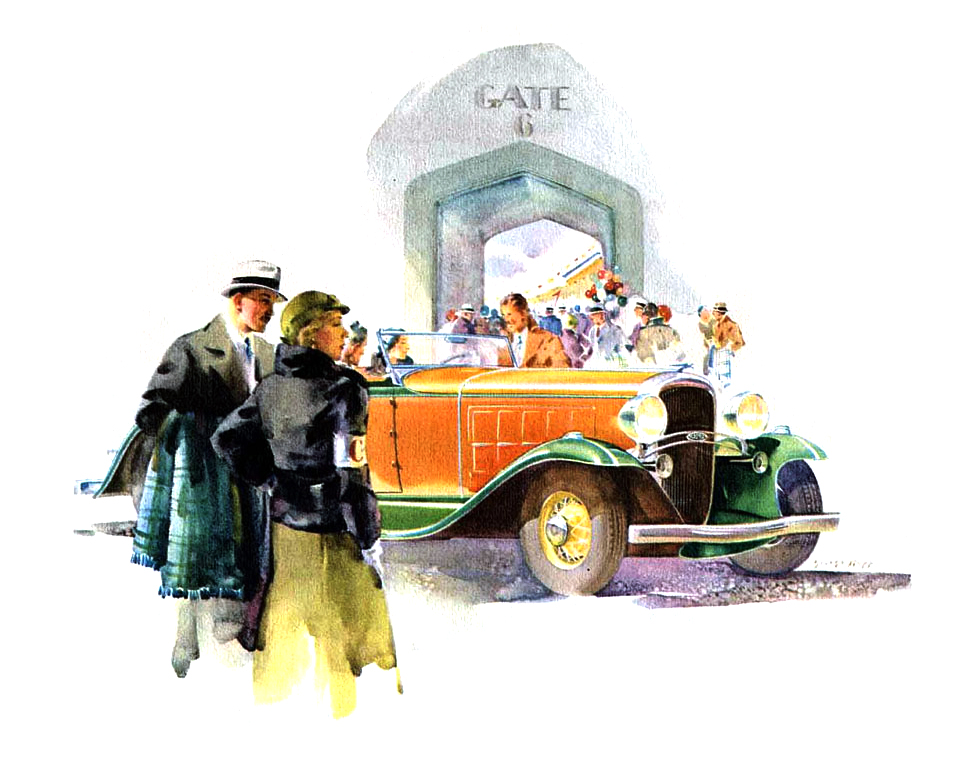
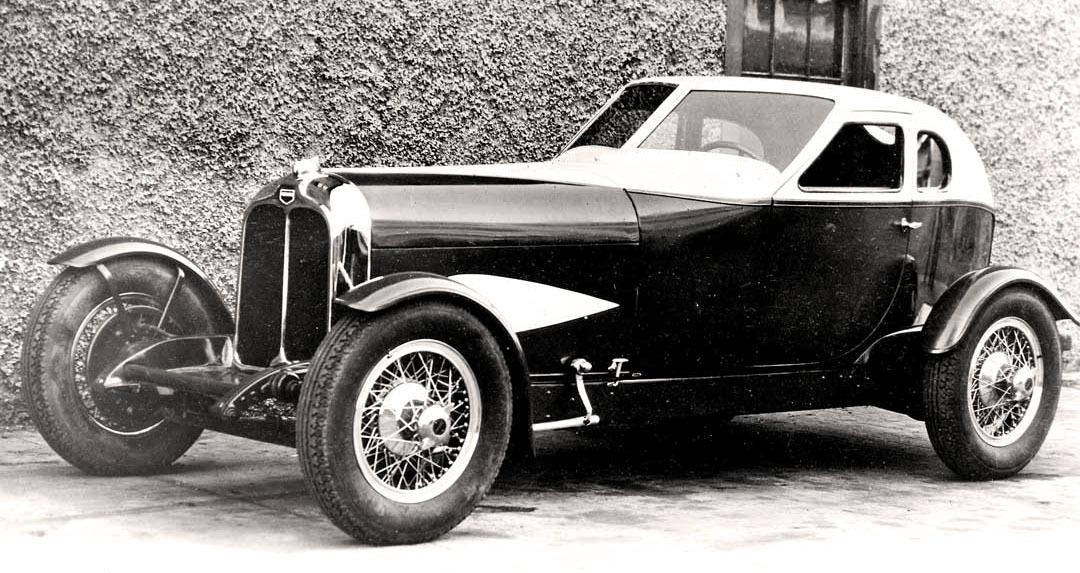
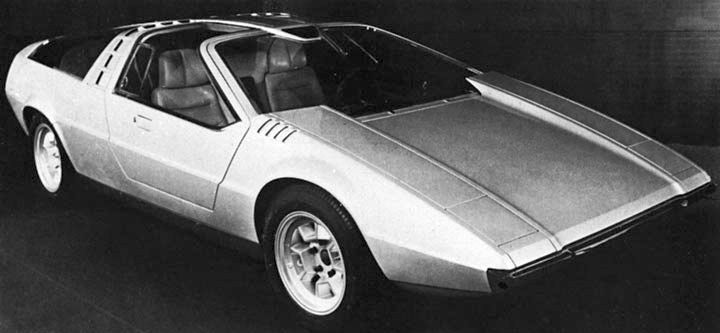






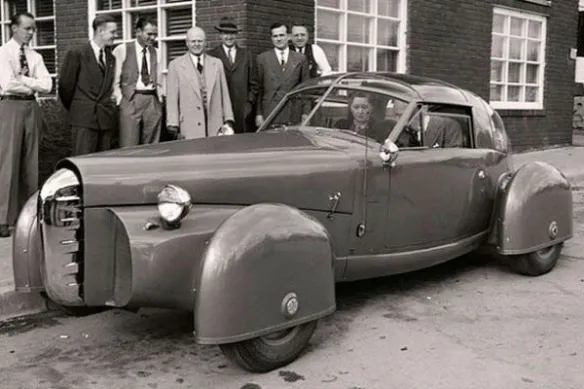



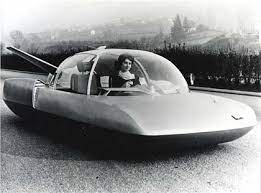

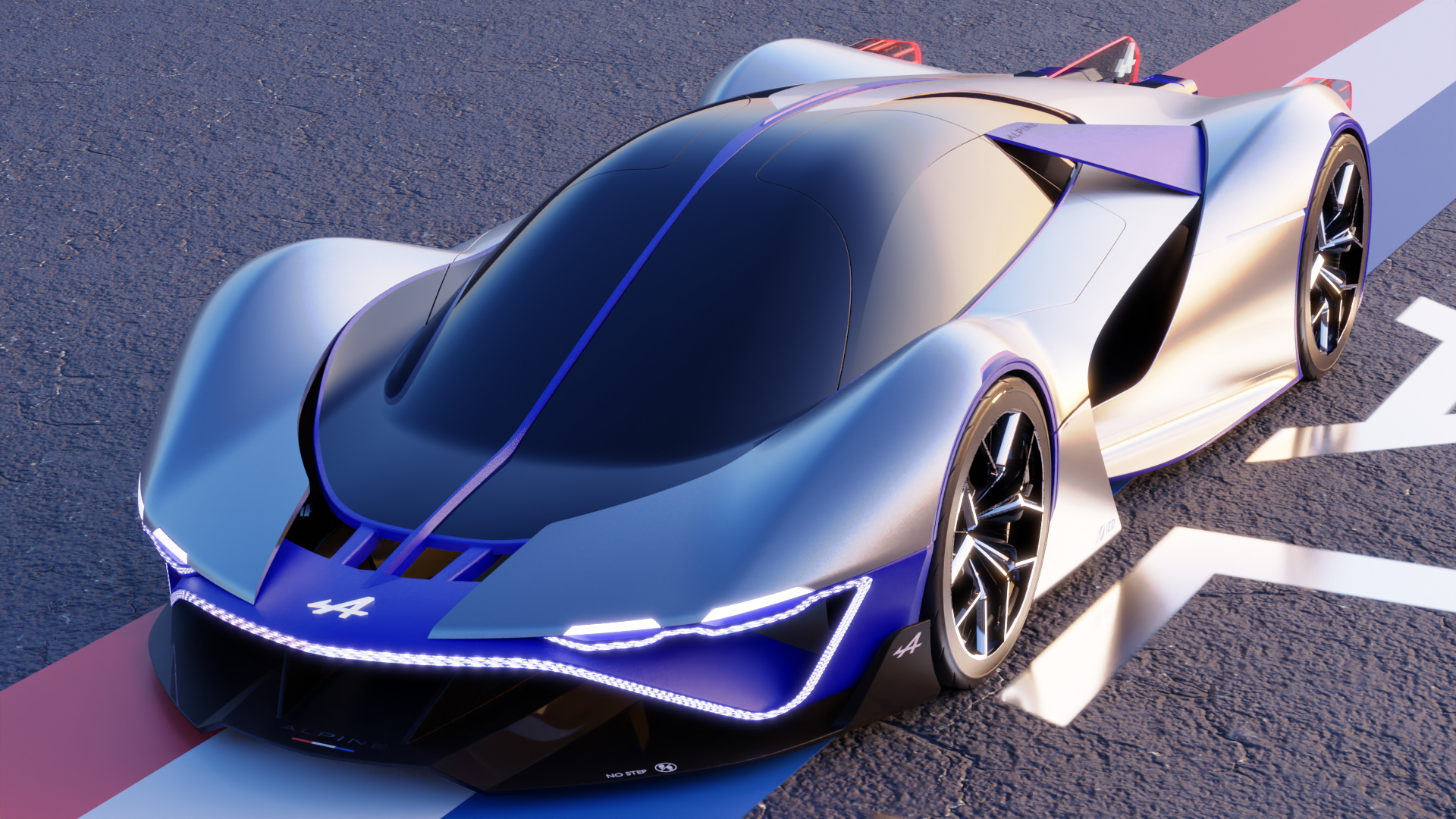
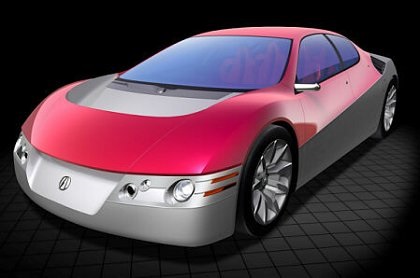

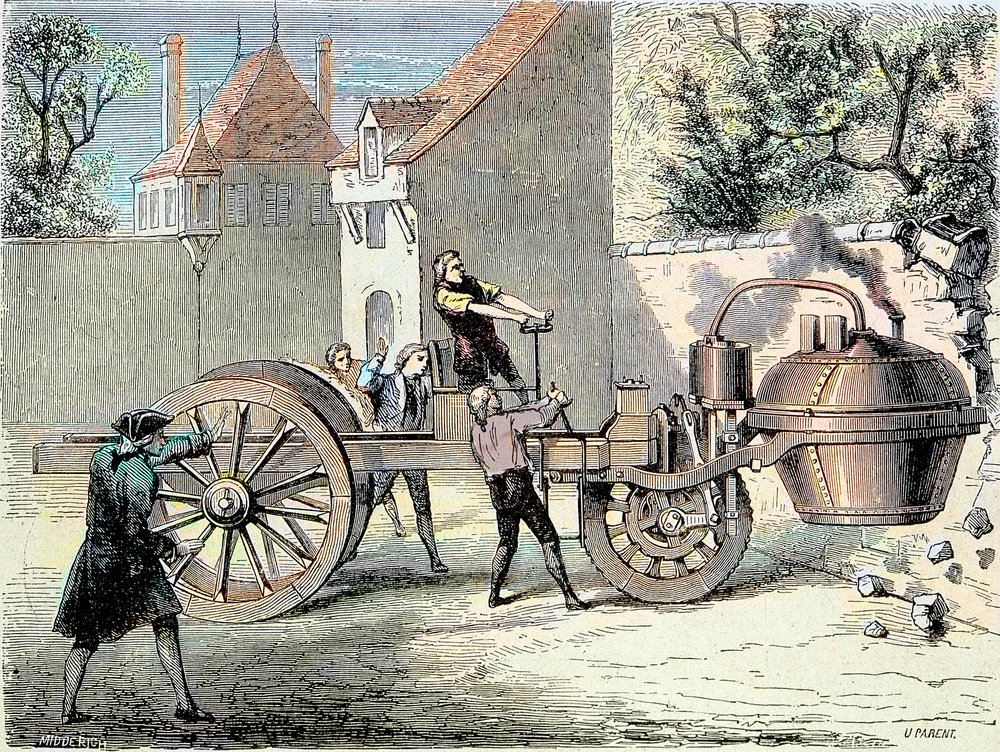
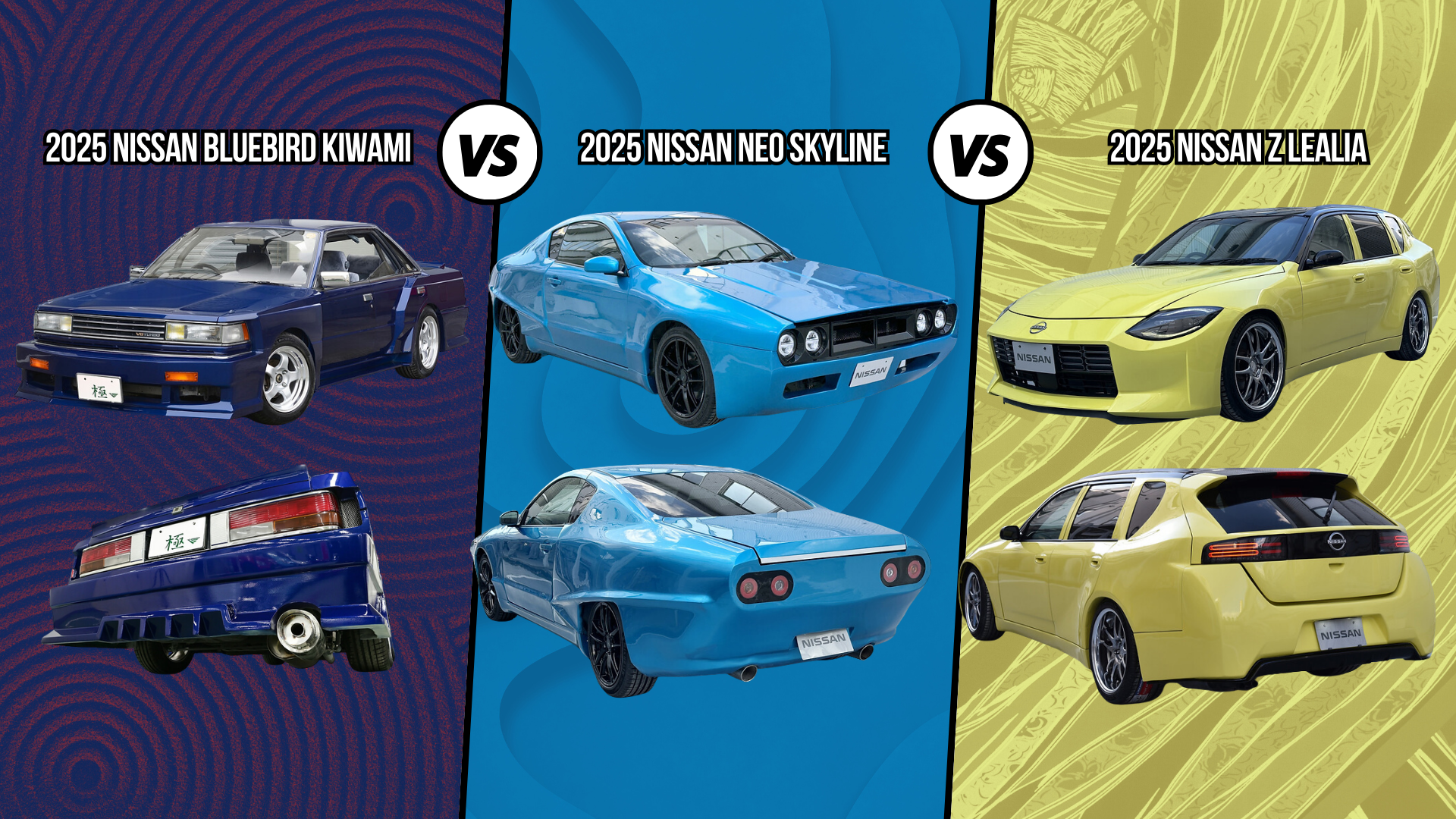
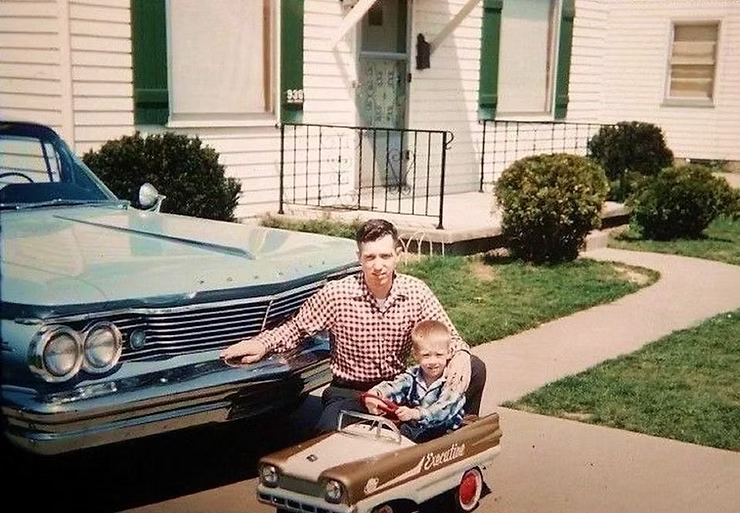
Comments